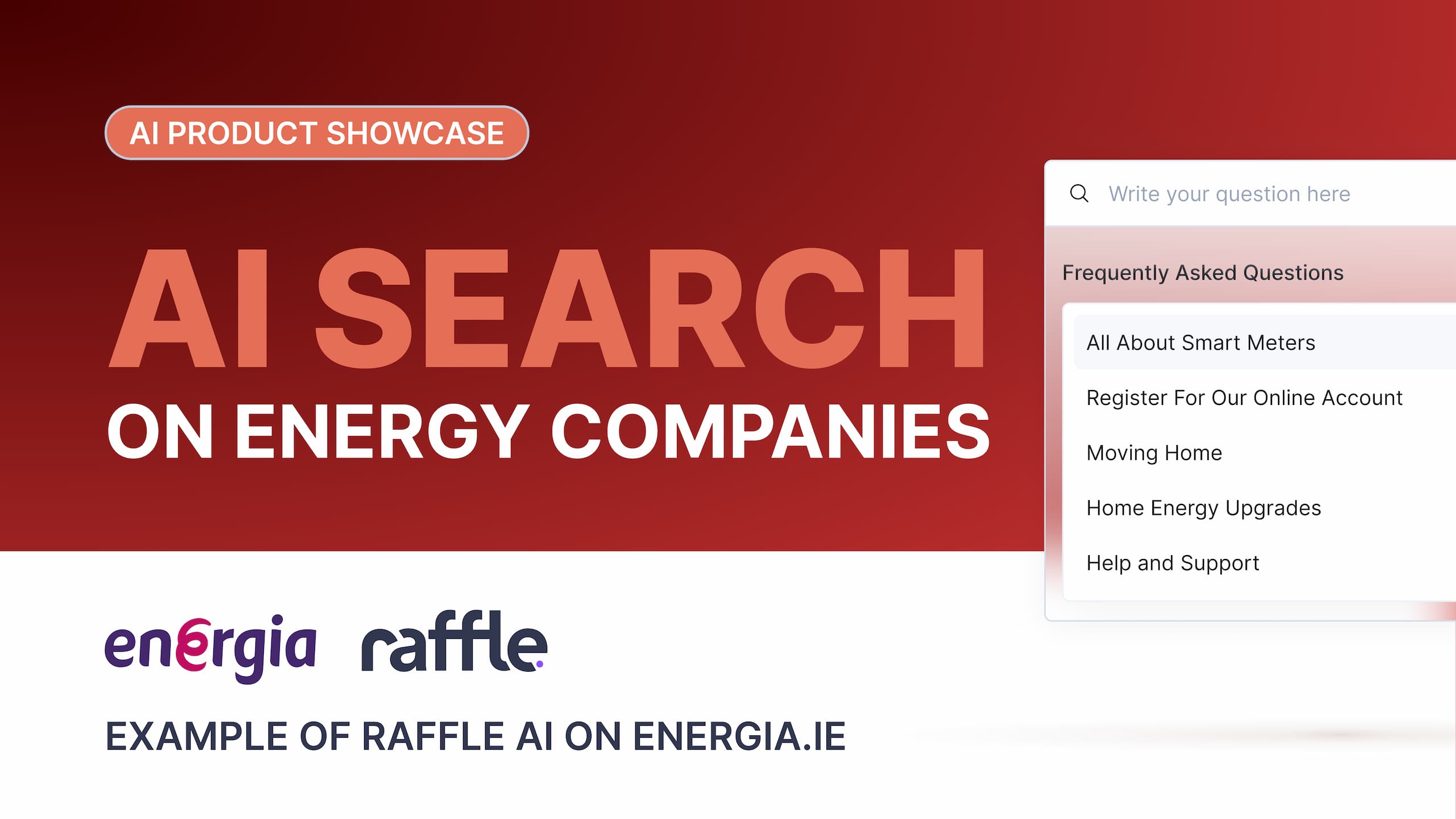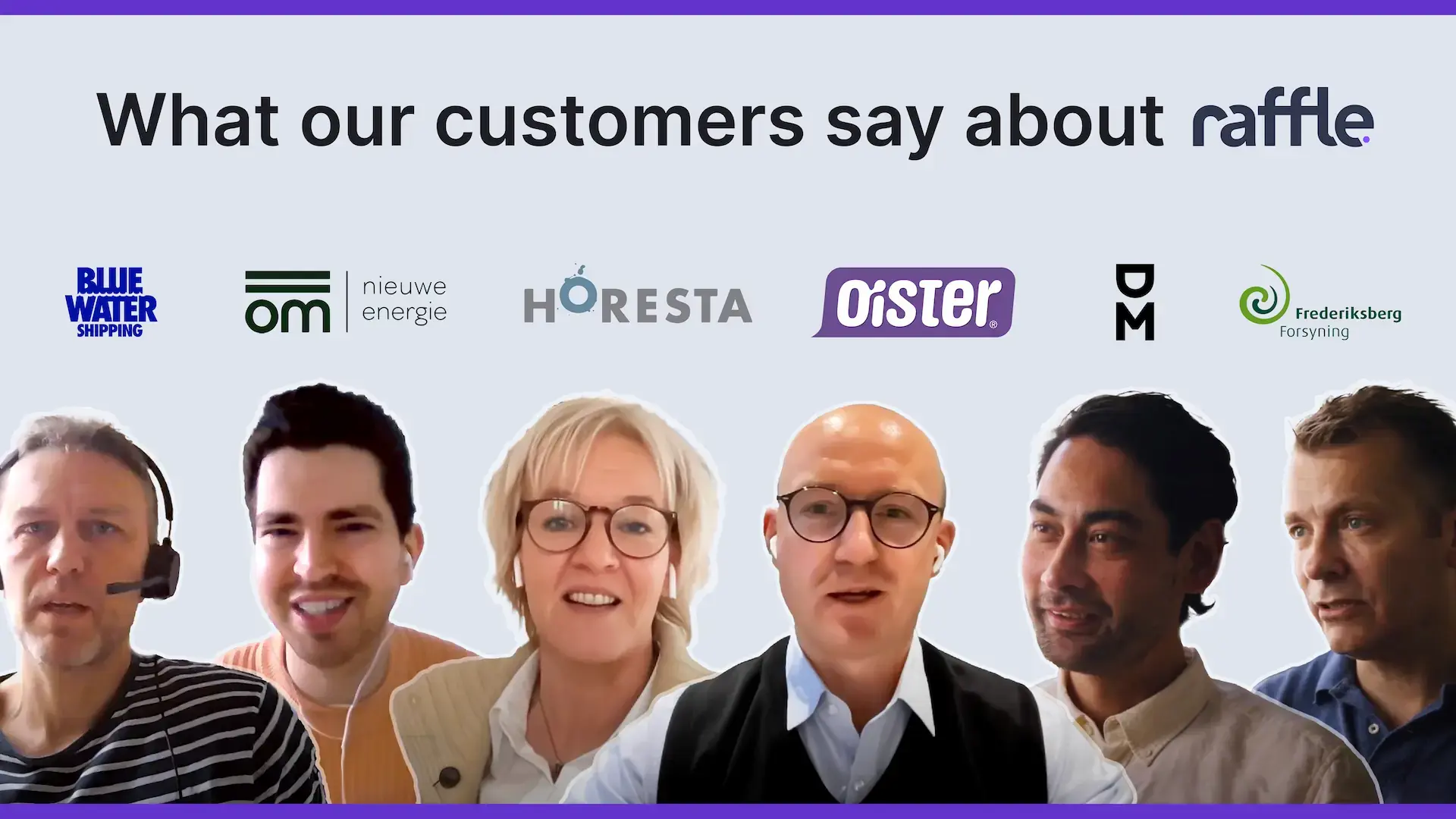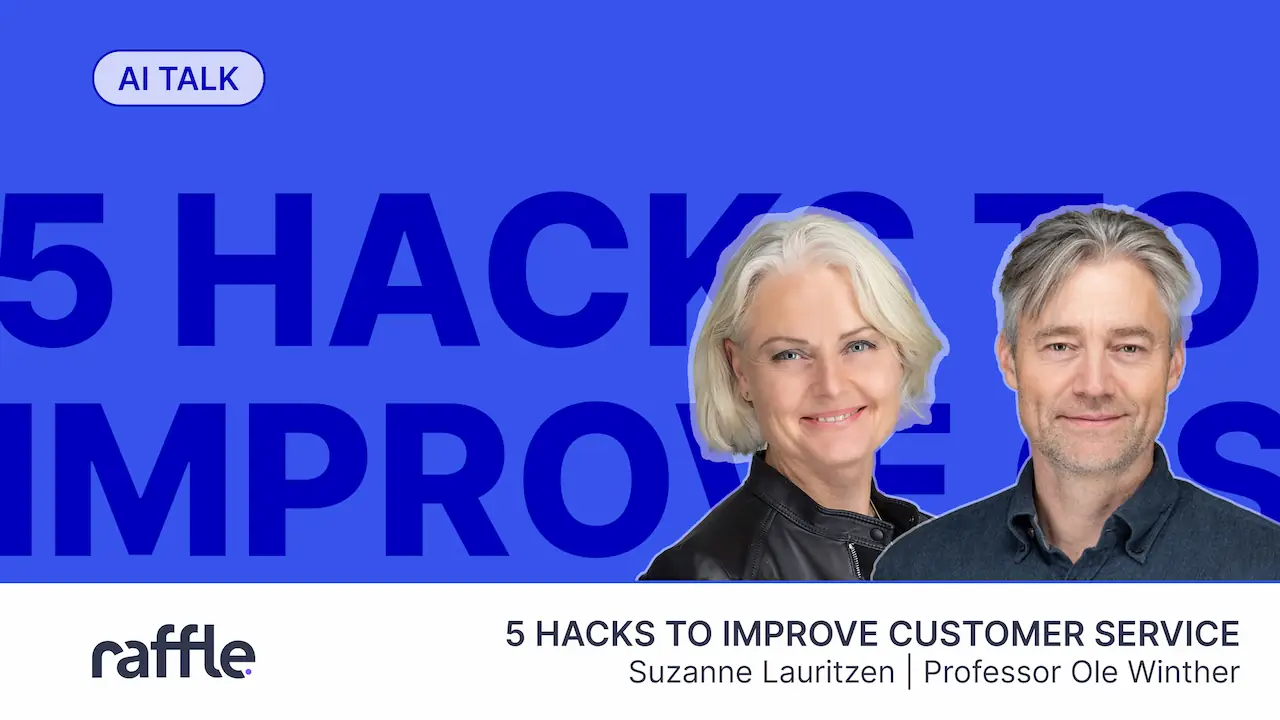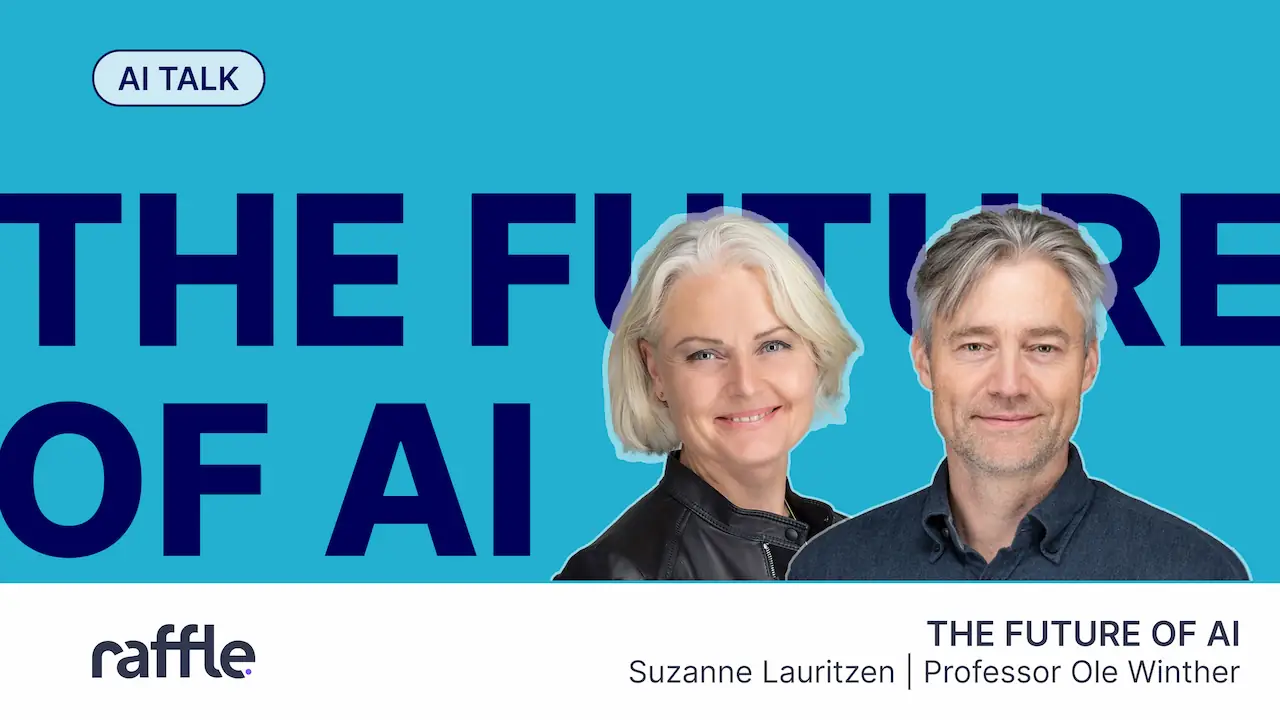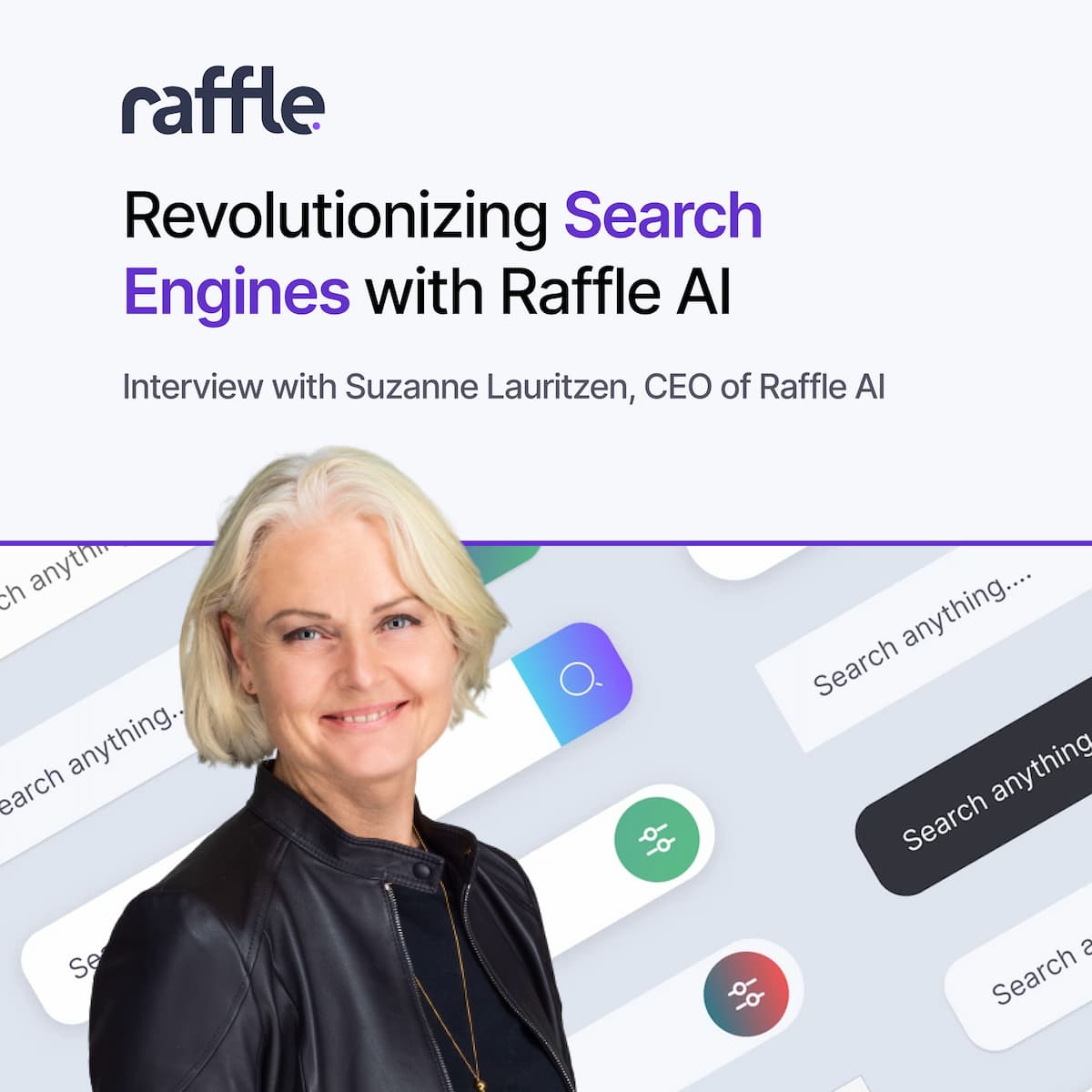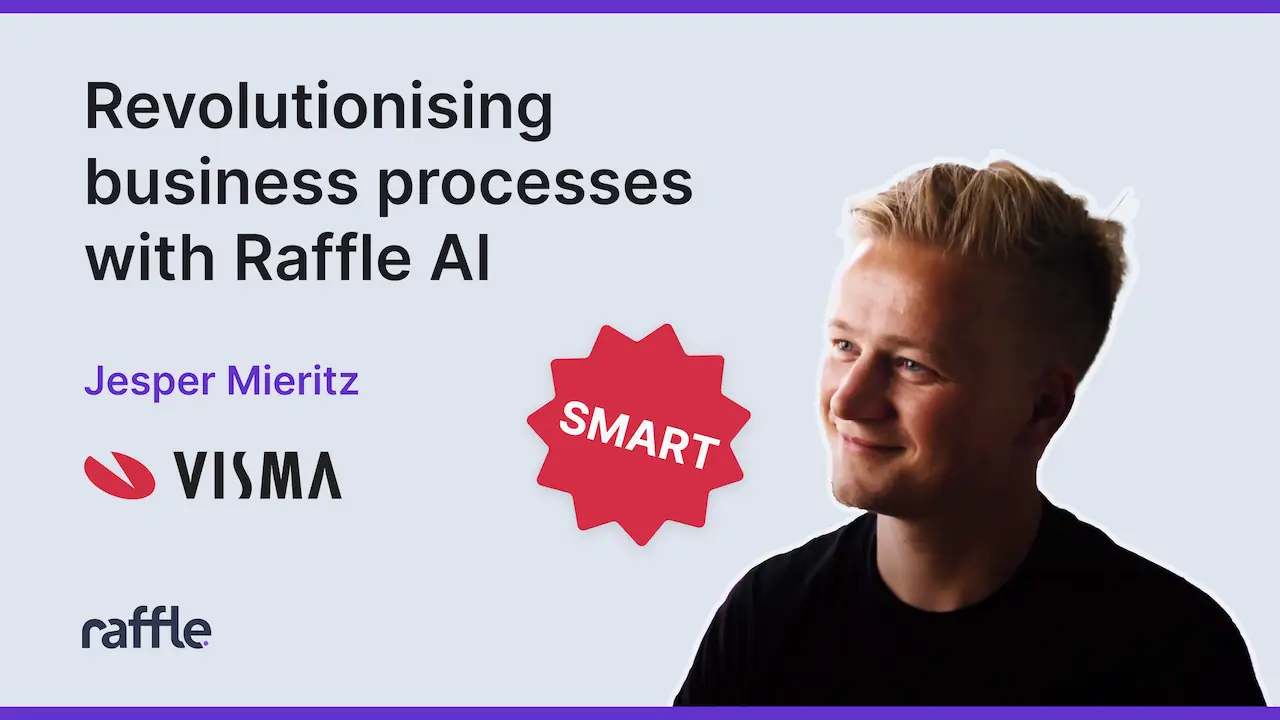We’ve all seen the predictions before. 2020 was supposed to mark the death of the chatbot.
In 2019, the chatbot was already seen as the hype of the past.
Even back in 2018, there were already reservations about how much actual AI was involved in these decision tree-based applications.
Numerous chatbot fails were shared around the internet by bemused and irritated customers.
All around the world, customers are realizing that chatbots just aren’t very good. Companies are discovering this too. Chatbots that do not use Real AI are just not good at finding content.
Organizations who want to be at the forefront of new AI technology are suddenly realizing that hiring new staff to manually program a chatbot isn’t the exciting new technological frontier they were hoping to create.
In fact, many of our clients are disillusioned ex-chatbot users who are seeking a solution.
The signs are there: 2021 will be the year we finally give up on traditional chatbots for many customer service interactions and opt for state-of-the-art AI solutions for customer support.
We're not here to chat, we're here to deliver
What motivates us here at Raffle? We don’t want to waste time having fake “conversations” but instead deliver time-saving answers to questions.
Good AI shouldn’t just mimic humans; it should find a way to serve and work alongside them. It should find practical answers to their questions and deliver them quickly.
It's not there for a conversation; it's there to solve a business problem.
That’s why we’ll never sell a traditional chatbot solution, but enhance the chatbot with Real AI. We’ve blogged about their limitations a number of times, but it’s important to remind ourselves why we think traditional chatbots don’t work:
1. They take loads of manual work
Each time you set up a chatbot, someone (or several people) must sit and manually program a decision tree for each question from a customer.
When we tell potential clients that our solutions require next to no manual work, they often won’t believe us, having used a chatbot before.
2. They’re not Real AI.
My co-founder Ole Winther has blogged about this before. Traditional chatbots aren’t Real AI but Good Old-Fashioned AI, aka automated bots.
This means that, unlike our products, there’s no machine learning going on, and there’s very little understanding of what the customer has actually asked.
3. It’s a poor customer experience.

Chatbots are really annoying! Being forced to “converse” with something you know is not actually a human and frequently misunderstanding what you say is not the kind of customer experience you want.
Add to this, it frequently doesn’t remotely answer your questions, and you have a problem.
There’s also an issue with how the information is presented to the customer. Focusing a response in a small chat box is leads to a poor UI.
READ MORE: Think outside the chat box: Show your customers, don't tell them
AI should work for us, not the other way round
It’s also worth reminding ourselves of the benefits AI chatbots and search engines should bring us:
Eliminate repetitive and tedious tasks
Artificial Intelligence has been heralded as the savior of humanity because it can liberate humans from boring jobs, allowing them to excel in tasks they enjoy.
But if you replace the manual work of a customer agent with the manual work of someone who programs a traditional chatbot, what have you gained?
State-of-the-art AI is the future of customer interactions. Learning from previous interactions and training on new data will save employees time.
Productivity and efficiency
Good AI should also help organizations and individuals perform better. Our products dramatically reduce the number of support requests coming from our clients and allow them to concentrate on improving the quality of their service.
While chatbot technology has been found to work for specific industries in terms of “deflection,” they’re not achieving anywhere near our levels of self-service or customer uptake rates.
Error and bias-free
One of the best advantages of AI people highlight is that it is error-free. Industries and organizations usually must leave significant room for human error because it’s normal to see this in manual human labor. Real AI should eliminate errors and bias.
However, if — as with chatbots — your technology is manually programmed by a human operator, you’ll introduce the same likelihood of errors and bias, just in an automated way.
Alternatives to chatbots? More bots...
There are a few supposed alternatives to chatbots on the market at the moment:
- Smart bots - these are chatbots that are a little more intelligent than a traditional chatbot, perhaps with some natural language processing (NLP) elements to help recognize customer questions better.
- FAQ bots - An FAQ bot is a chatbot that answers the most frequent inquiries that your visitors may have.
Others include Answer bots and Resolution bots.
Traditional chatbots function similarly to what a robot does. You program a bot to do one specific task (e.g., repetitive work on a production line) really well. It’s not adaptable and can’t learn to do something else.
Other concepts, such as Conversational AI, are bandied around. These, however, are mostly just chatbots with perhaps a few extra functions and a fancy name!
Smarter than a chatbot
We believe our Raffle Site Search is unique in the marketplace. It combines state-of-the-art AI (Artificial Intelligence that’s taken from the latest developments in the technology), NLP technology, and machine learning.
More importantly, though, it’s designed with the customer in mind. No long conversations with an imitation of a human, and no need to simplify your question: just input your query in “normal” language and go. The answers are delivered instantly, using organizations’ knowledge bases to find the right and most relevant solution to a customer’s problems.
The best part is the minimal setup requirements. While a chatbot could take a year (or more!) to launch, Raffle Site Search is up and running within three weeks. We believe this combination of advantages makes us industry leaders.
Still, using an old-fashioned chatbot?
Find out how Raffle Site Search can provide first-line support on your website and app without the drawbacks of old technology: here.



.webp)
.jpg)
%20(1).jpg)
